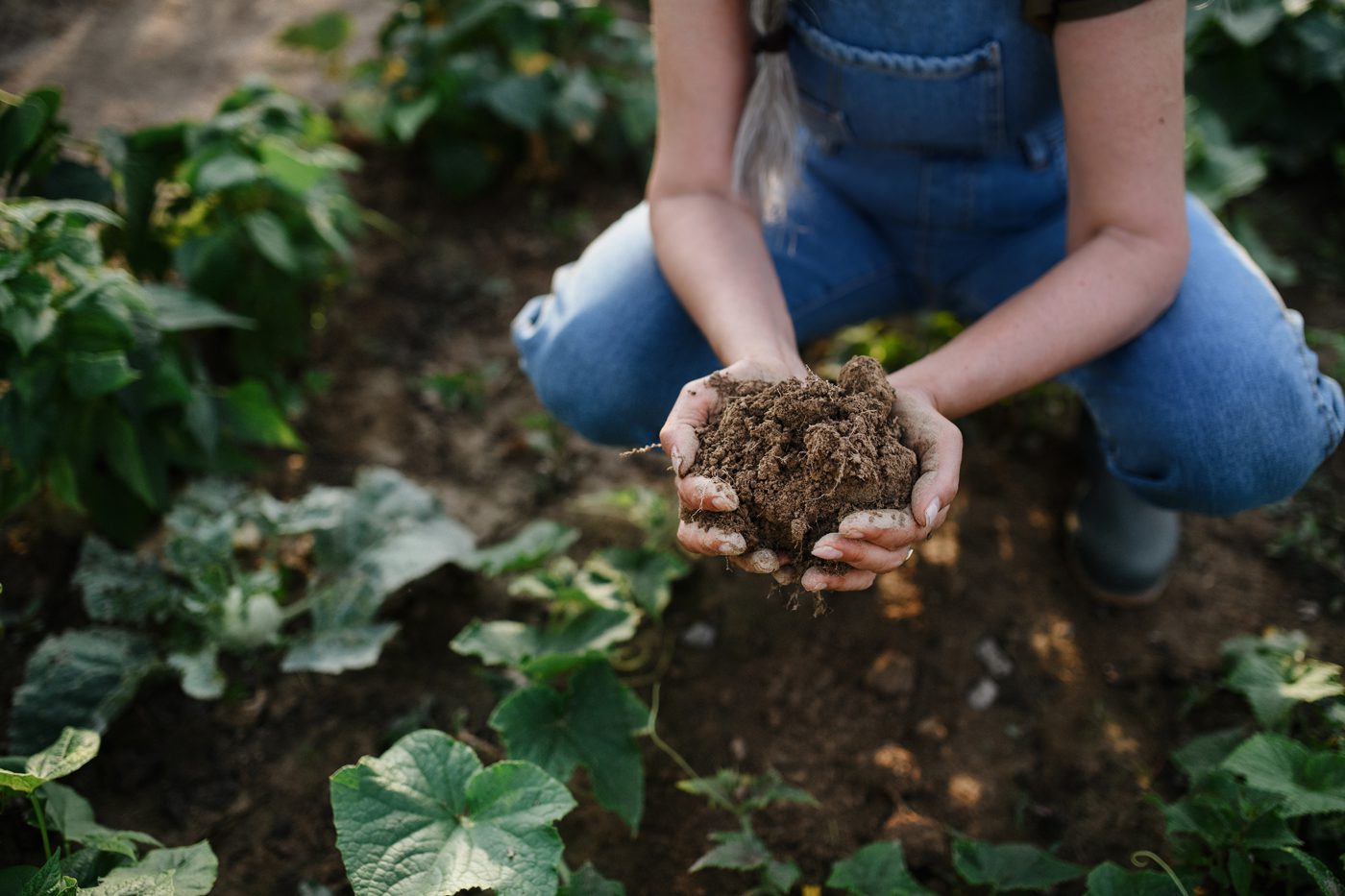Regenerative Agriculture
Learn about our steadfast commitment to better beef and a better world, through sustainable farming practices.
What is Regenerative Agriculture?
Relying on nature
Regenerative Agriculture is a farming method that relies on nature, practices like tilling. When practiced, Regenerative Agriculture offers a multitude of benefits for ranches, our environments, and our food. It builds soil health, enhances ecosystem diversity, and assists in capturing carbon and nitrogen from the atmosphere, to name a few.
The outcomes of regenerative agriculture are:
- Healthy Soil
- Restored Habitats
- Animal Welfare
- Clean Water
Principals of Regenerative Agriculture
Since it is dependent on working with and adapting to nature, there is no specific “formula” for Regenerative Agriculture; but, there are some guiding principles to follow, including …

build soil health
Soil should be alive and filled with microbes. A large amount of soil function is mediated by microbes that:
- Bind the soil together, allowing it to draw in more water and oxygen, which results in less runoff
- Solubilize minerals in the soil and slowly feed them to plants, helping them grow
In other words, soil doesn’t work without microbes!
Healthy, living soil is also an important component of the carbon cycle, a critical part of any healthy ecosystem. When soil is degraded, the carbon cycle is disrupted. Dead soil cannot hold carbon, so it is released into the atmosphere as CO2.

DIVERSE COVER CROPS & PLANT LIFE
Soil microbes depend on plants, and soil health depends on microbes, so how we manage plants is critical to restoring and maintaining the microbial health of the soil. Having a diverse mix of cover crops and other plants:
- Increases microbial population and natural matter in the soil, allowing it to draw in more carbon and nitrogen
- Covers and protects the soil, regulating its temperature during extreme hot or cold
By introducing a diverse variety of plants to the soil, the microbial population in the soil becomes stronger. With soil life, ecosystems thrive.

NO TILL
The original idea of tilling the land was that by doing it, one could “fluff” up the soil, mix in oxygen, and increase water infiltration. After extensive research, scientific evidence confirmed that tilling is not good for our land and atmosphere. Tilling the land:
- Destroys the soil structure (aggregates) which are critical for soil function
- Decreases water infiltration
- Increases weeds

NO CHEMICAL INPUTS
The use of chemicals, such as fertilizers, herbicides, fungicides, and pesticides, is a relatively recent agricultural development. For hundreds of years chemicals were not needed or used in farming because, sensibly, chemical inputs aren’t needed when you are working with (not against) the systems Mother Nature already has in place.
Use of chemicals instead of nature’s own systems has resulted not only in poor soil health, but in other problems, such as:
- Reducing large populations of beneficial species, like bees (important pollinators)
- Facilitates unnatural runoff

LIVESTOCK INTEGRATION
Integrating livestock naturally into the ecosystem through adaptive grazing which simulates the way nature works when left on its own.
References
Tilling:
To Till or Not to Till, That’s the Question (psu.edu)
Reducing tillage in your garden | UMN Extension
Chemical Inputs:
Livestock Integration:
Interested in Purchasing AFN Products?
We’d love to hear from you.

